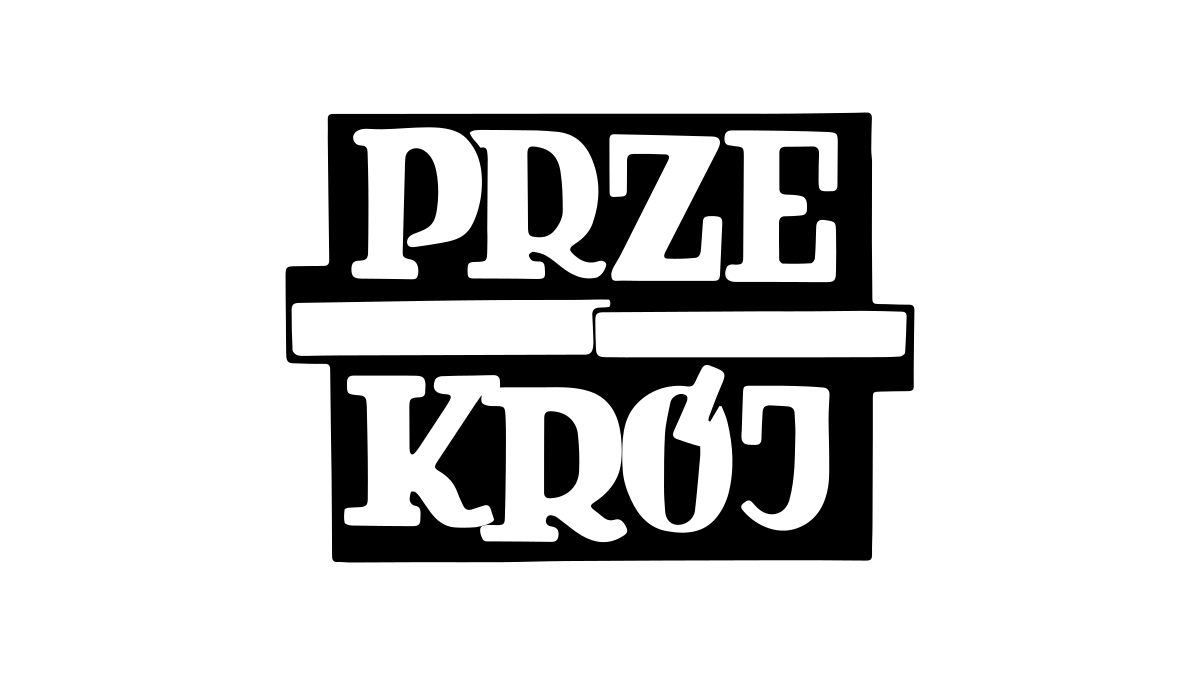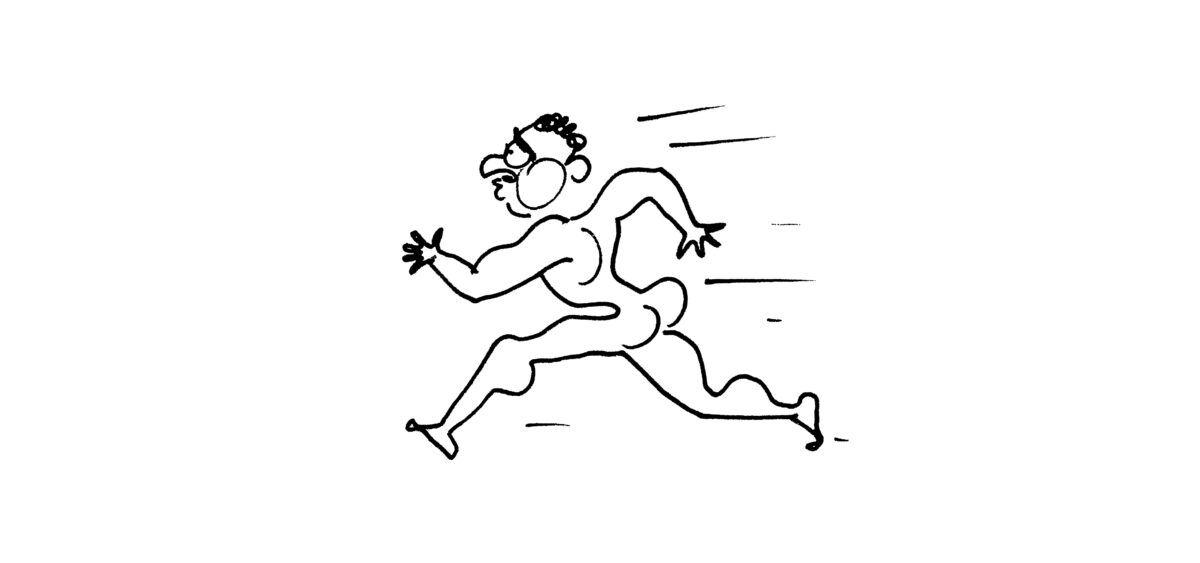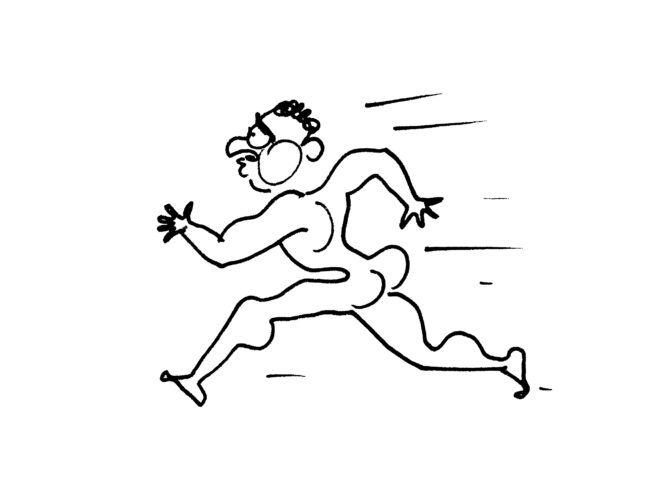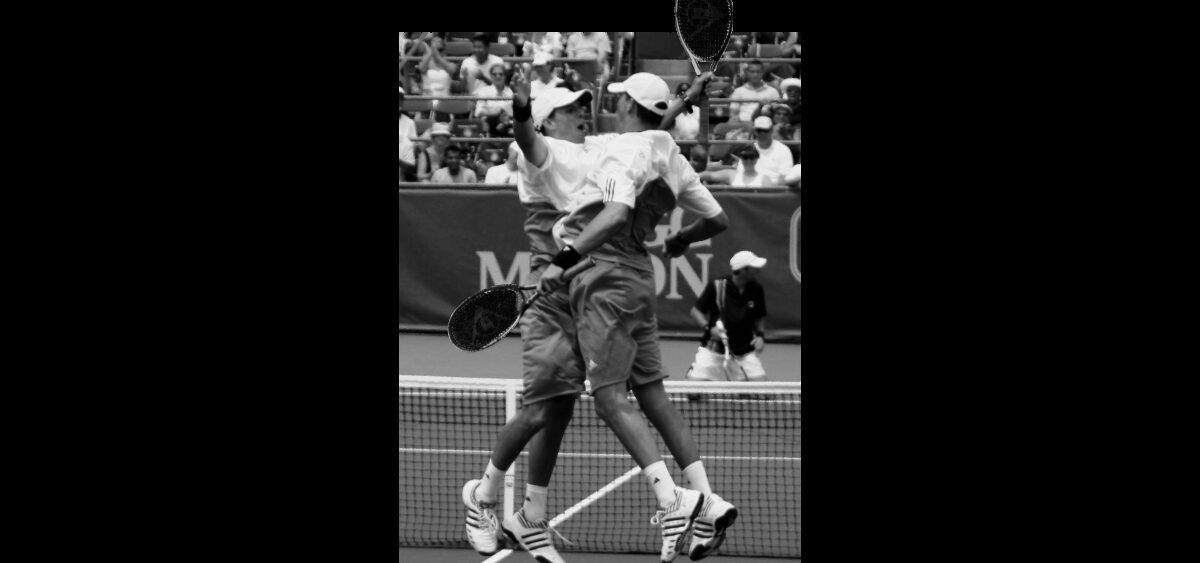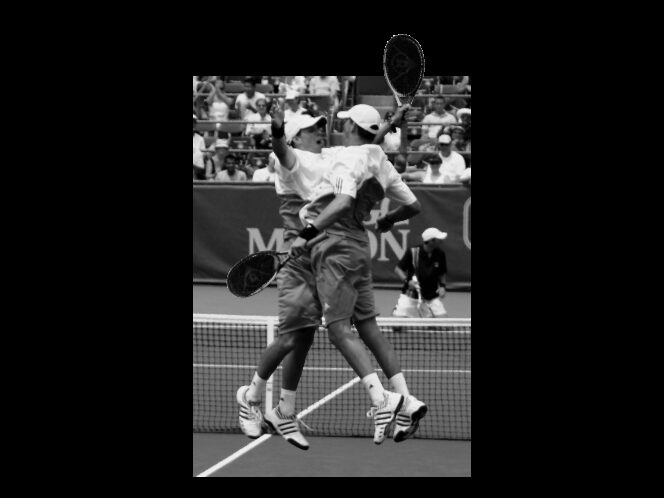
A wreath of celery
Apparently it all began in 776 BCE, when the first games were held in Olympia. “Apparently”, because it can’t be ruled out that they were held earlier.
At first the games lasted one day, and the programme included only a race of one stadion, or around 200 metres. After that, the games were held every four years during the second full moon after the summer solstice, meaning late July or early August. Later the event expanded to five days, and was as much a religious festival as a sporting one: athletes competed to the glory of Zeus, and in the middle of the games, 100 oxen were sacrificed to the god.
During the preparations and the games themselves, a ‘divine peace’ obliged the Greeks to lay down their arms so that athletes could arrive safely at the event to compete. But although the games in Olympia were the most prestigious, they weren’t the only all-Greek games. Every four years the Pythian Games were held at Delphi, and every two years the Isthmian Games in Isthmia, and the Nemean Games (in Nemea). They were organized in honour of (respectively) Apollo, Poseidon and Zeus. The events and the prizes varied. Initially, the games in Delphi included only musical competitions; sport was added later.
At the Olympic Games, athletes competed for olive wreaths, at the Pythian Games for laurels, at Nemea for ivy, and at Isthmia for wreaths of celery leaves or pine branches. The history of the ancient Olympic Games ended in 393 CE, after 1169 years and 293 tournaments. At that time, due to the pagan nature of the games, they were abolished by Theodosius the Great.
&nb
